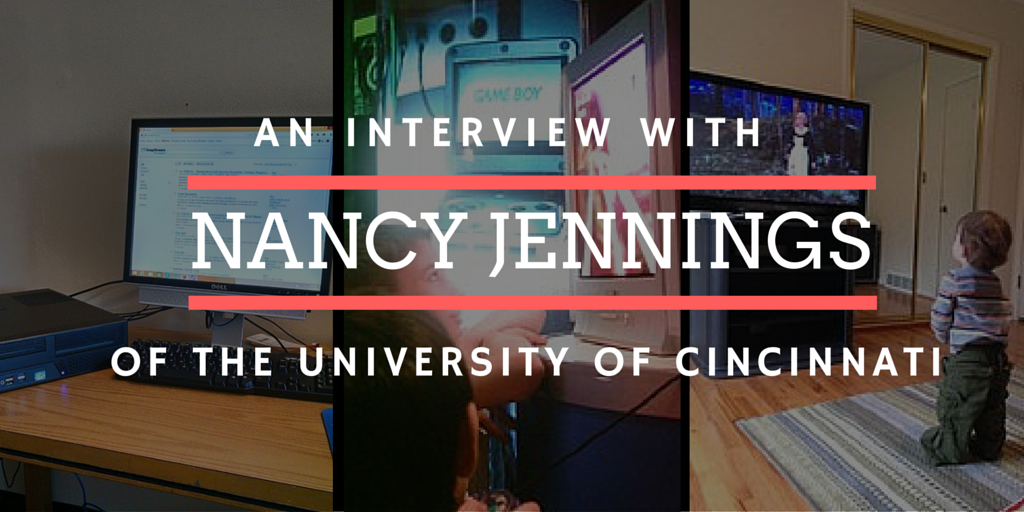Modern journalism is a tough business that's rapidly changing. The internet is still trying to make the distinction between a journalist and a blogger, so finding truly insightful, thought-provoking content can be difficult. The following are just a few of the journalists and organizations that we believe are helping to shape the future of journalism.


